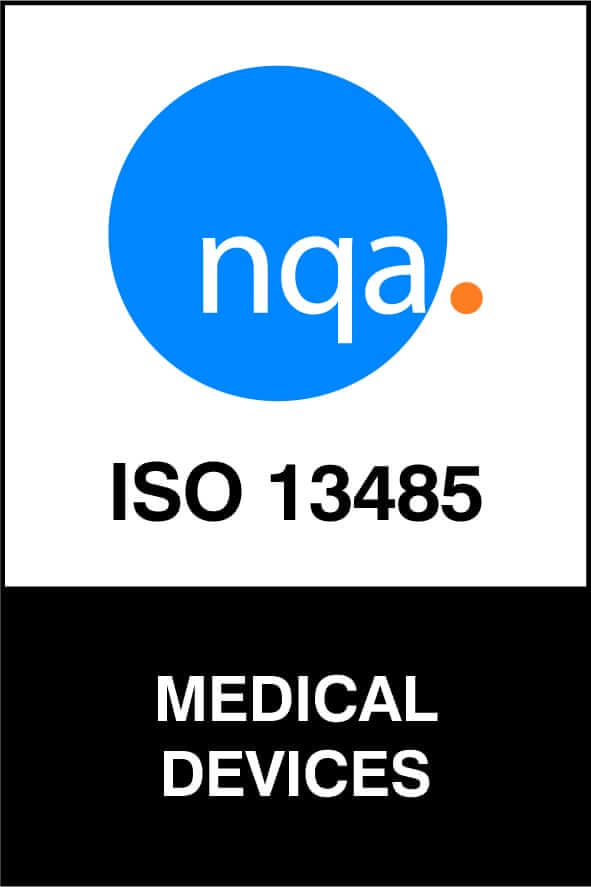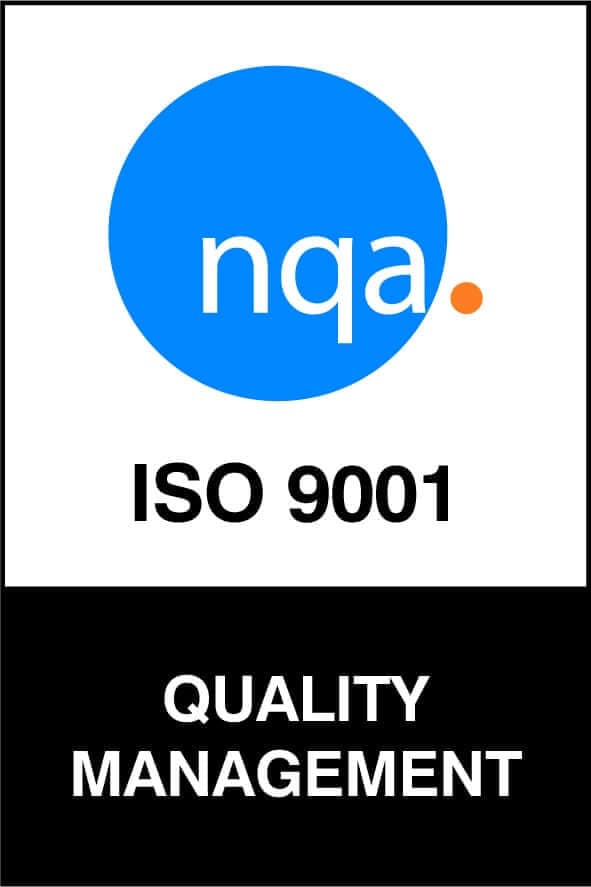Tarrifs
Understanding different tariffs and duties in important for US businesses as it helps to give context to buying locally made products that don’t have the same high taxation rates. Tariffs or duties are taxes imposed on imports or exports between countries. The primary aim of an import tariff is to regulate foreign trade. Import tariffs are a part of a government’s policy that taxes foreign products to encourage or protect domestic industries and businesses. They serve as a source of income for governments, much the same as various other forms of consumption taxes.
The tariffs that the government of the United States of America are applying to imported goods and services from countries across the globe are intended to support local American industries and increase employment opportunities.
Learn more about our USA rubber molding capabilities.
Why import tariffs and duties?
- Protecting domestic employment – Political parties often raise the possibility of increased competition from imported goods that can threaten domestic industries to mobilize an electorate;
- Protecting consumers – In some instance’s tariffs may be imposed to protect local consumers from sub-standard or hazardous products;
- Infant industries – Governments, particularly in developing countries, may impose tariffs to shield infant and start-up industries from the external competition;
- National security – Tariff barriers may be employed by governments to protect strategic economic sectors such as defence contractors or providers of information and communications technology;
- Retaliation – Countries can set tariffs as retaliation for a perceived or real subversion of trading rules or solely for political purposes.
Who pays for the import tariffs or duties?
Ultimately domestic consumers in the importing country pay for the tariffs levied by their government on specific categories of imported goods or services. The tariffs are not levied at the source of the import so they do not directly affect the exporting country. The net effect is, however, to make foreign products more expensive for consumers and may ultimately lead to reduced demand for such products or import substitution. If manufacturers rely on imported components or other inputs in their production process that are subject to import tariffs, they will either have to pass on the increased cost to consumers or absorb this cost while reducing their profit margin.
Types of tariffs and duties
- Specific tariffs – the duty is calculated at fixed amount per unit that is imported;
- Ad valorem tariffs – the tariff payable is based on a percentage of the value of the goods;
- Licenses – importers must obtain costly licenses to import certain products. The cost of these licenses is passed on to the consumer, pushing up the cost and reducing demand. This ultimately leads to a reduction in business competitiveness;
- Import quotas – quotas are set to limit the imported volumes of certain targeted items;
- Voluntary export restraints – these are export limitations imposed by exporting countries in response to similar restraints set by trading partners to protect certain industries or sectors in each other’s countries;
- Local content requirements – local content requirements are introduced to support to ensure that a portion of inputs for local production are locally sourced and not imported.
Jefferson Rubber Works is an American owned and based company, primarily supplying customers within the United States of America. Our history of supplying high-quality rubber molded products stretches over more than 40 years. We’re proud that over 85% of our comprehensive range of products are manufactured locally in our modern production facility in Worcester, Massachusetts.





